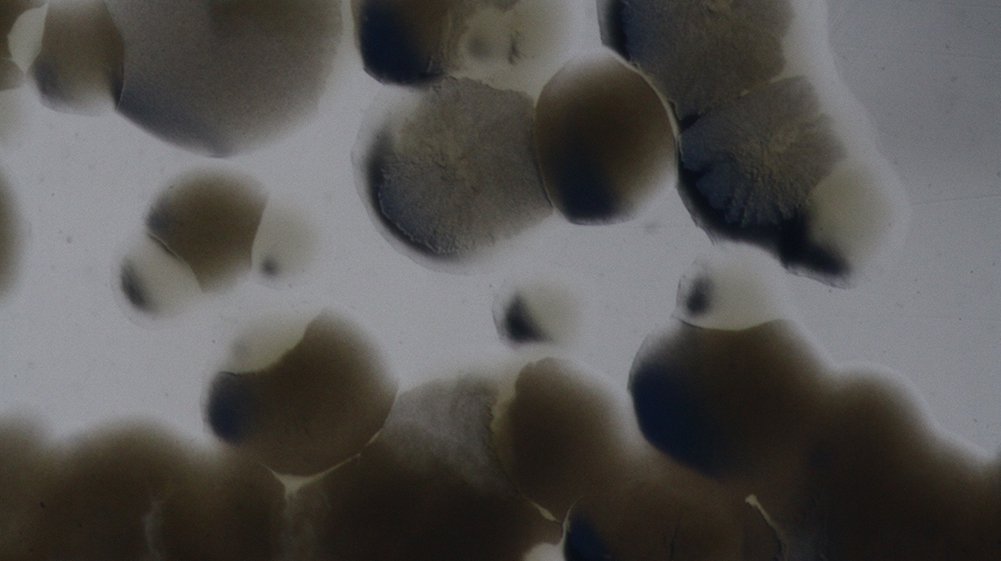The Micropia yeast was found on a fruit tree in ARTIS Amsterdam Royal Zoo. It was used to make the special Wild Microbe Ale together with brewery Oedipus. After doing some testing, it turned out the Micropia yeast was not the standard brewers’ yeast, but Pichia barkeri, a different but related microbe.
The Micropia yeast was found on a fruit tree in ARTIS Amsterdam Royal Zoo. It was used to make the special Wild Microbe Ale together with brewery Oedipus. After doing some testing, it turned out the Micropia yeast was not the standard brewers’ yeast, but Pichia barkeri, a different but related microbe.
Wild Yeast
The Micropia Yeast is a so called wild yeast. That means it was caught somewhere out in nature. Every kind of yeast adds unique flavourings. That’s why you can get two completely different beers if you use the same ingredients, but a different type of yeast. Large brewers always use exactly the same yeast. That way they make sure their products always taste the same.
Little alcohol
As opposed to the closely related brewers’ yeast Saccharomyces, P. barkeri doesn’t produce a whole lot of alcohol. On the one hand that comes in very handy. Yeast cells tend to die off when the concentration of alcohol becomes to high. On the other hand, it’s not very practical when brewing beer. You tend to end up with a very weak ale.
That’s why our Wild Microbe Ale is brewed in two stages. First, P. barkeri adds flavour to the beer, that lend the ale its characteristic aroma. Then a second yeast is added to increase the amount of alcohol. There are few beers that are brewed using this method, and it has resulted in a unique end result

